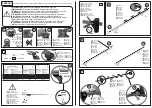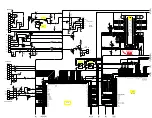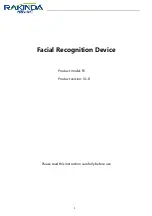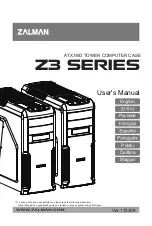
37
As a policy of continual improvement, RMF reserves the right to alter the specification without prior notice.
201.028 REV 1
Date of Issue: 18 June 2018
If continuous logging is used, then the Log Interval can be set to control the proportion of tests that are actually
logged. For example the CMS could be set to test every 10 minutes, but only log a result hourly. The log interval,
test interval and test duration are distinct parameters that work together to control the test and data logging. So
that, a test duration of 2 minutes, a test interval of 10 minutes, and a log interval of 1 hour could be individually
set. This would result in 2 minute long tests, repeated every 10 minutes, with a test logged hourly.
NOTE: the log interval must land on a test interval or an error will occur, for example the test interval cannot be 2
minutes and the log interval 3 minutes.
Stop Testing When Clean-
This is a feature intended for cleaning rigs or "filter trolley" type applications. The CMS
continues testing until the fluid is "clean", at which point an alarm is signaled and testing stops.
Ignore Initial Tests
- on start up the number selected here is the number of tests that are ignored before results
are logged. This is designed for systems that are particular dirty or turbulent on startup and it allows the system
to stabilize.
Confirm Target Level before Stopping- this
helps to ensure that a test sequence is not terminated too soon, when
there are still a few large particles in the system. When selected, the number in the box is how many successive
"clean" results are needed before testing halts.
4
This feature is intended for a "Filter Trolley" type application where system runs a pump until the oil is
sufficiently clean. Typically only the final "clean" result requires logging.
6.3.3.8 Changing Communication Protocols
Figure 6.24
Selecting the communication button allows you to change how the CMS communicates. See figure 6.25 for the
options.
Содержание CMS 2
Страница 1: ...User Manual CMS2...
















































